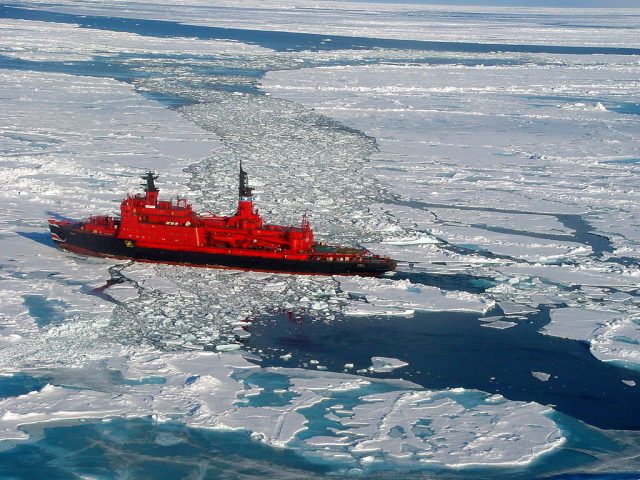It’s that time of year again, when we check in to see where the annual Arctic sea ice minimum will end up. And this year is a doozie. We haven’t quite bottomed out at the end of the melt season, yet, but already 2012 has set new records for smallest Arctic sea ice extent and volume, smashing through the numbers from 2007. Records are often attention-grabbing and "exciting," in a way, but while Usain Bolt’s incredible shrinking 100-meter dash time may be uplifting, shrinking sea ice is not.
Every time a new sea ice extent record is broken, the same question comes up: how long until it’s gone? That is, how long will it be before the Arctic Ocean is functionally ice-free in the summer, legitimately opening the once-fabled Northwest Passage?
The fact is, we don’t know. Climate models continue to underestimate the rate of sea ice loss we’re observing, leaving researchers to hazard less scientific guesses. Many estimate that day will come around 2030, but some others push it out to 2070. Regardless, Arctic sea ice is changing—and fast. The prospects of open shipping routes and newly-accessible resources have corporations chomping at the bit and governments racing to prepare the way. Three (open access) articles in the Bulletin of the Atomic Scientists describe the outlook for a changing Arctic from the perspectives of the US, Russia, and Canada. There will be some disagreements, but all parties have at least one view in common—things will get complicated.
Read 14 remaining paragraphs | Comments
DIGITAL JUICE

No comments:
Post a Comment
Thank's!